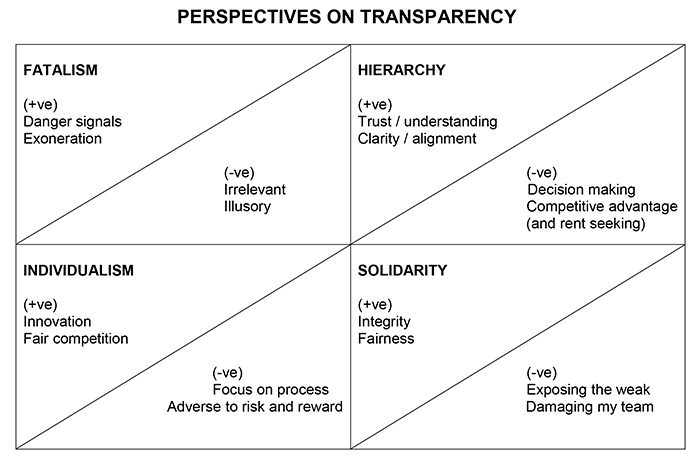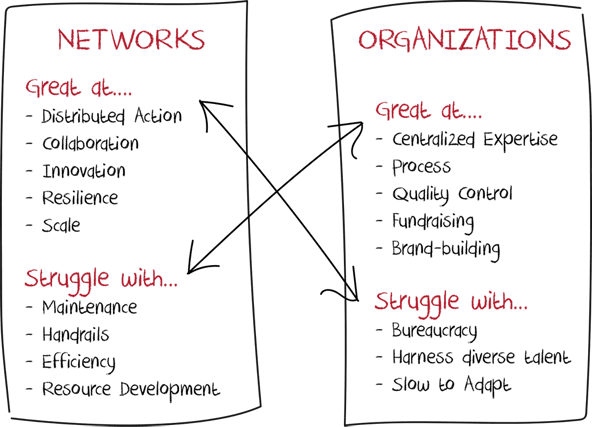Essay by Adene Sacks & Heather McLeod Grant in SSIR: “In 2011, New York Times data scientist Jake Porway wrote a blog post lamenting the fact that most data scientists spend their days creating apps to help users find restaurants, TV shows, or parking spots, rather than addressing complicated social issues like helping identify which teens are at risk of suicide or creating a poverty index of Africa using satellite data.
That post hit a nerve. Data scientists around the world began clamoring for opportunities to “do good with data.” Porway—at the center of this storm—began to convene these scientists and connect them to nonprofits via hackathon-style events called DataDives, designed to solve big social and environmental problems. There was so much interest, he eventually quit his day job at the Times and created the organization DataKind to steward this growing global network of data science do-gooders.
At the same time, in the same city, another movement was taking shape—#GivingTuesday, an annual global giving event fueled by social media. In just five years, #GivingTuesday has reshaped how nonprofits think about fundraising and how donors give. And yet, many don’t know that 92nd Street Y (92Y)—a 140-year-old Jewish community and cultural center in Manhattan, better known for its star-studded speaker series, summer camps, and water aerobics classes—launched it.
What do these two examples have in common? One started as a loose global network that engaged data scientists in solving problems, and then became an organization to help support the larger movement. The other started with a legacy organization, based at a single site, and catalyzed a global movement that has reshaped how we think about philanthropy. In both cases, the founding groups have incorporated the best of both organizations and networks.
Much has been written about the virtues of thinking and acting collectively to solve seemingly intractable challenges. Nonprofit leaders are being implored to put mission above brand, build networks not just programs, and prioritize collaboration over individual interests. And yet, these strategies are often in direct contradiction to the conventional wisdom of organization-building: differentiating your brand, developing unique expertise, and growing a loyal donor base.
A similar tension is emerging among network and movement leaders. These leaders spend their days steering the messy process required to connect, align, and channel the collective efforts of diverse stakeholders. It’s not always easy: Those searching to sustain movements often cite the lost momentum of the Occupy movement as a cautionary note. Increasingly, network leaders are looking at how to adapt the process, structure, and operational expertise more traditionally associated with organizations to their needs—but without co-opting or diminishing the energy and momentum of their self-organizing networks…
Welcome to the World of “Both/And”
Today’s social change leaders—be they from business, government, or nonprofits—must learn to straddle the leadership mindsets and practices of both networks and organizations, and know when to use which approach. Leaders like Porway, and Henry Timms and Asha Curran of 92Y can help show us the way.
How do these leaders work with the “both/and” mindset?
First, they understand and leverage the strengths of both organizations and networks—and anticipate their limitations. As Timms describes it, leaders need to be “bilingual” and embrace what he has called “new power.” Networks can be powerful generators of new talent or innovation around complex multi-sector challenges. It’s useful to take a network approach when innovating new ideas, mobilizing and engaging others in the work, or wanting to expand reach and scale quickly. However, networks can dissipate easily without specific “handrails,” or some structure to guide and support their work. This is where they need some help from the organizational mindset and approach.
On the flip side, organizations are good at creating centralized structures to deliver products or services, manage risk, oversee quality control, and coordinate concrete functions like communications or fundraising. However, often that efficiency and effectiveness can calcify over time, becoming a barrier to new ideas and growth opportunities. When organizational boundaries are too rigid, it is difficult to engage the outside world in ideating or mobilizing on an issue. This is when organizations need an infusion of the “network mindset.”
…(More)


